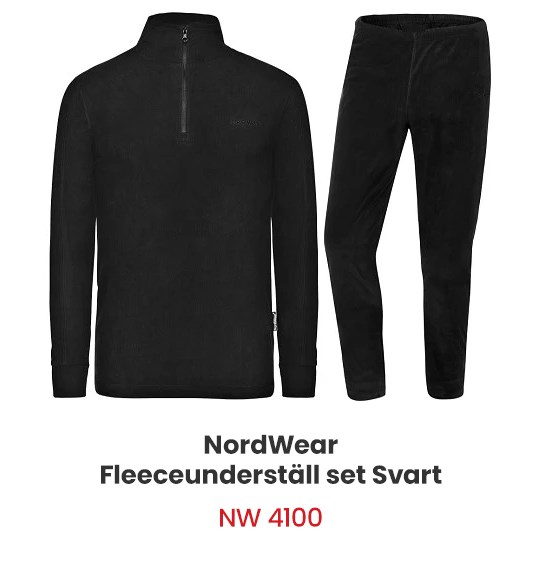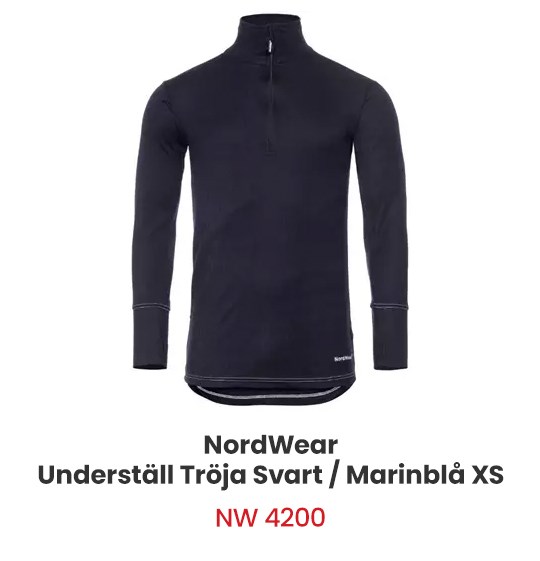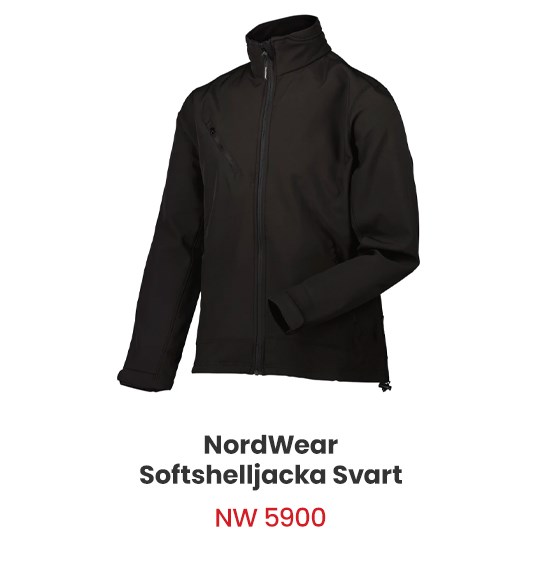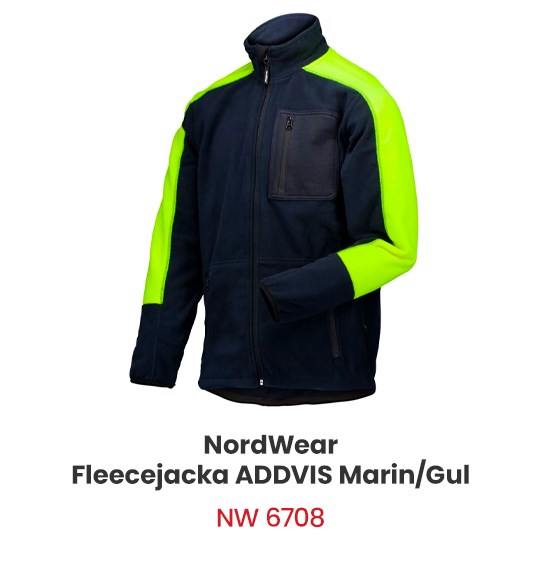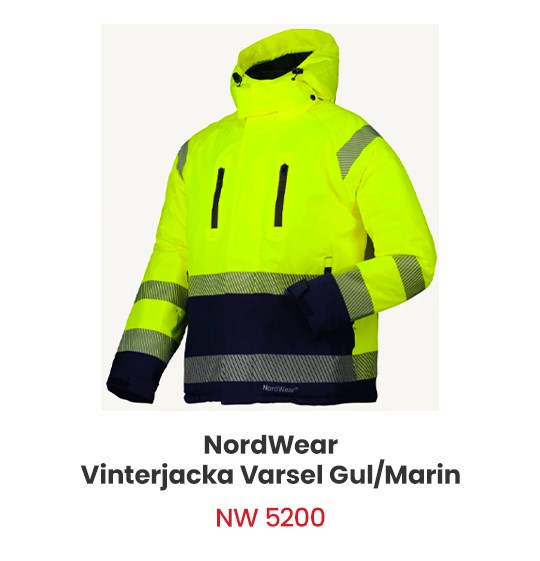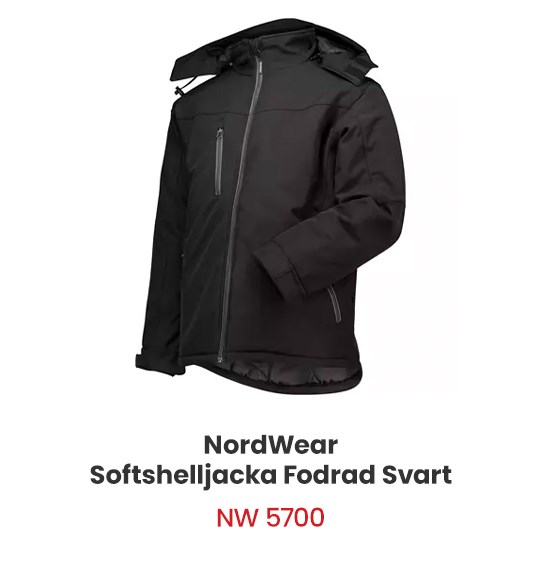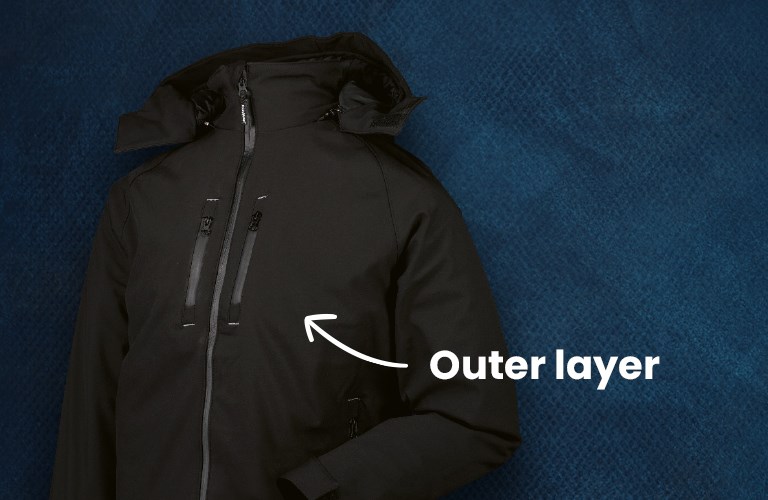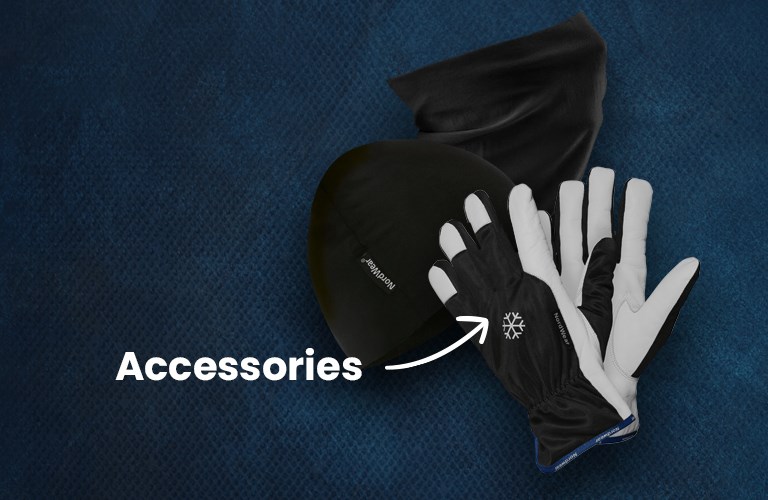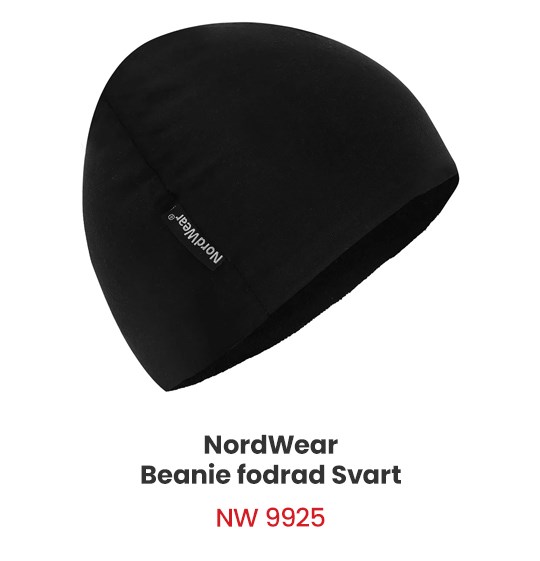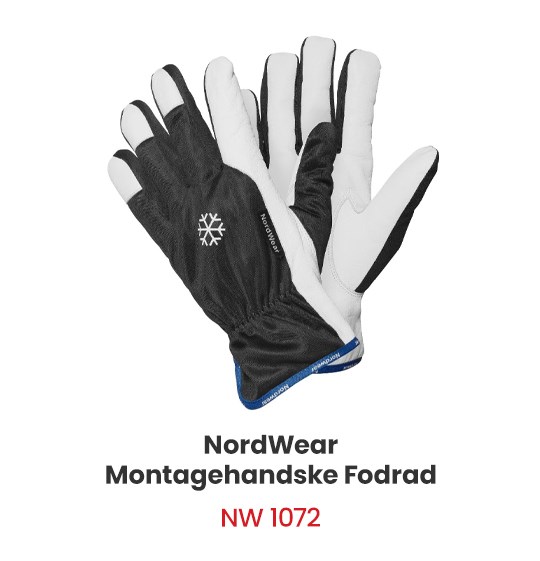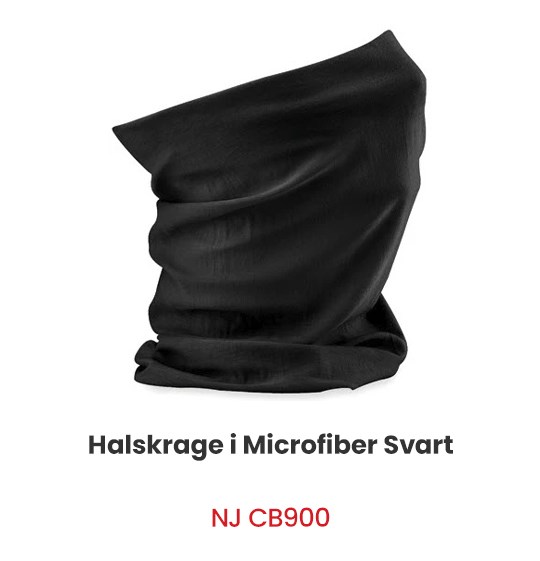Understanding the layering principle
Dressing in layers isn’t just about piling on clothes, it’s a thoughtful arrangement of fabrics with a specific function, collectively providing insulation, moisture regulation and protection against wind and cold.
Starting with a base layer closest to the body and then working outward with relatively thin layers allows air to be trapped between the garments, which keeps the cold out and maintains a comfortable level of warmth. Simultaneously, it also helps in wicking away moisture and keeping the body dry. In the end, it is usually more comfortable and energy-efficient than just wearing a single thick garment.
Three layers of clothing will keep you dry and warm: a base layer that wicks away moisture; an insulation layer that keeps you warm, and an outer layer that protects against wind, rain, and snow. Additionally, hats, gloves, and scarves also protect vulnerable areas from weather and wind.
1. Base Layer
The base layer sitting closest to the skin is crucial for managing moisture and providing initial insulation.
- Materials: Merino wool, Micro fleece, synthetic materials
- Examples: Thermal shirts and pant
- Function: The base layer wicks away sweat from the skin, keeping it dry and minimizing heat loss. It also provides a foundational layer of insulation against cold and harsh weather.


2. Insulating Layer (Middle layer)
The insulating layer adds warmth ny trapping and holding onto body heat.
- Materials: Fleece, Down and Synthetic insulations.
- Examples: Fleece and soft-shell jackets, down vests.
- Function: This layer retains and traps the heat generated by the body, preventing it from escaping into the cold. It acts as an effective buffer against low temperatures, providing an extra layer of warmth.
3. Outer layer
Det yttre lagret fungerar som en skyddande barriär mot vind, regn och snö.
- Materials: Waterproof and windproof fabrics.
- Examples: Weatherproof jackets, insulated jackets, rainwear.
- Function: The shell protects against external elements, such as wind, rain and snow. It also allows moisture vapour to escape, preventing overheating by maintaining breathability.
Adapt your clothing to your activity level and temperature
Depending on the temperature and the intensity of your activity, you need to adjust your layers of clothing. For more low intensity activities in the cold, your clothing should provide warmth, insulation, and protection against the weather. In such cases, it can be advantageous to have a heavier base layer, a warmer mid layer, and a waterproof outer shell.
During high-intensity activities, your body will generate heat and sweat. It is essential to wear breathable clothing that can regulate your temperature. The layers may then include a lightweight base layer, a flexible middle layer, and a shell or softshell jacket. In warmer weather, a base layer followed by a middle layer (in sunny and calm conditions) or an outer layer (in windy or rainy conditions) may be sufficient.





